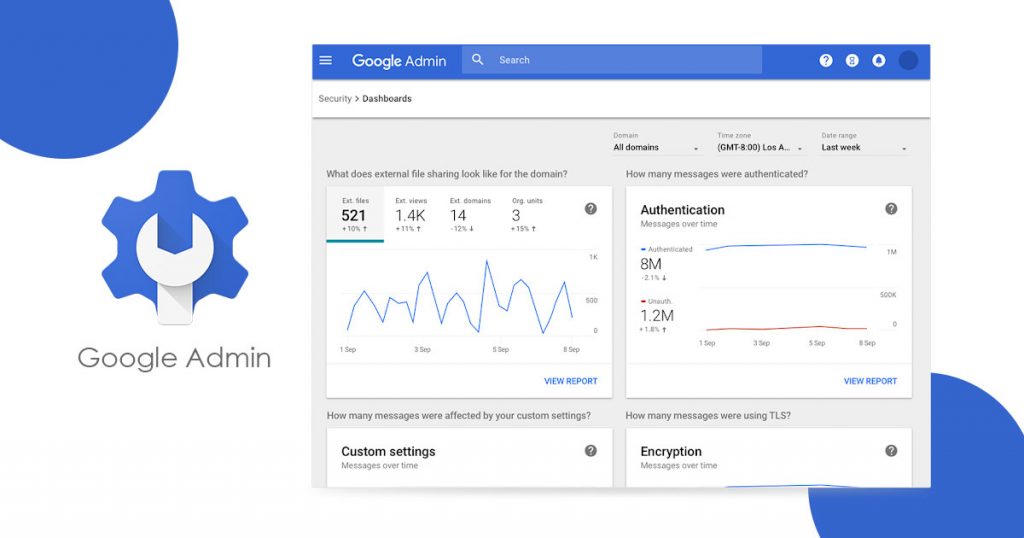

- #G SUITE SCREENSTEPS HOW TO#
- #G SUITE SCREENSTEPS ANDROID#
- #G SUITE SCREENSTEPS VERIFICATION#
- #G SUITE SCREENSTEPS PASSWORD#
- #G SUITE SCREENSTEPS DOWNLOAD#
If you are adding this account to an app where you already manage other accounts, go to the top right, and tap your profile picture. #G SUITE SCREENSTEPS PASSWORD#
If this is the only account you'll use in the app, just login using your email and password and you'll be all set! You should see your emails in your inbox. #G SUITE SCREENSTEPS DOWNLOAD#
If you are new to Gmail, you may have to download it from the App Store or Google Play first. Note: Google Calendar is a separate app, so you'll need to download that and follow similar steps if you want to have that calendar on your device.
#G SUITE SCREENSTEPS ANDROID#
You can add both Gmail and non-Gmail accounts to the Gmail app on your iPhone, iPad or Android Device.
Here is a comparison guide between Outlook and Gmail from Google.Īdd Gmail App to iPhone/iPad or Android - RECOMMENDED. Note: Notifications will not be visible unless Gmail is open in Chrome. Turn notifications for email on or off in Gmail Settings. “Red Category,” as well as any folder the messages had been saved in. If you used color categories in Outlook and did not remove the category prior to the migration, the messages within those categories will save under a label in Gmail named after the color, i.e. In Gmail, Filters are used similarly for automation! Any filters you used in Outlook will need to be set up again in Gmail after the migration. In some email systems, Rules are used to automatically organize messages. In Gmail, messages are organized using Labels, which can be used the same way as folders but multiple labels can also be applied to messages! In Outlook and other email, you may organize your messages in folders. In Gmail you can use Search to find messages by sender, date, topic, and more. In Outlook, sorting is used to find messages. 
To learn more about the ways we can help you secure your company's data, contact us today.
#G SUITE SCREENSTEPS VERIFICATION#
The cost of implementing 2-step verification is relatively small, and if you are already a G Suite customer, even less. The impact of a cyber attack can be crippling for many businesses, big and small, both financially and in terms of a damaged reputation. Need help deploying 2-step verification on your G Suite domain? Get in touch for help and advice.
#G SUITE SCREENSTEPS HOW TO#
Under “Signing in to Google”, select 2-Step Verification and then Get started.ĭetailed instructions: Protect your account with 2-step verification Admin: Protect your business with 2SVīusiness owners and administrators can use 2-step verification to protect G Suite accounts from unauthorized access.Įnabling 2-step verification is the single most important action you can take to protect your business.įor detailed instructions on how to enable this feature on your G Suite deployment, please see: Deploy 2-step verification. In the navigation panel, select Security. G Suite users can enable 2-Step verification by following these steps: You can secure your G Suite account by creating an additional layer of security via 2SV with: (It works much like your bank OTP, but, if you use Google Authenticator, not even cloning your phone’s SIM card will enable the attacker to gain access to your accounts.) Today, 2-Step Verification is seen by many as a necessary additional layer of security.Ī hacker might be able to steal or guess a password, but they can’t reproduce something only you have.Ģ-Step Verification adds an additional layer of security between your business and attackers who try to steal user credentials to access sensitive business data. Most people only have a single security layer to protect their account, their password. +74% y/y data breaches targeting small businesses in 2018 4. 91% of cyberattacks start with a phishing email 3. 48% of SMBs expect to close permanently after a data breach 2. When an attacker manages to gain access to your data, it can have a crippling and often an irreversible negative impact on your business and your reputation. 1Īs responsible Internet citizens, we all need to be concerned about security. Cyber-attacks and data breaches are on the rise in South Africa with an average of 577 attacks per hour in 2020, compared to 462 per hour in 2019. 
When an attacker gains access to your account they gain access to valuable and often confidential company data like your email, documents, spreadsheets, financial records, and more.Īll businesses face security threats and according to Business Insider, South African businesses, in particular, are at risk. Are you doing enough to secure your company’s data?Ĭybercriminals are targeting businesses – of all sizes – daily.







 0 kommentar(er)
0 kommentar(er)
